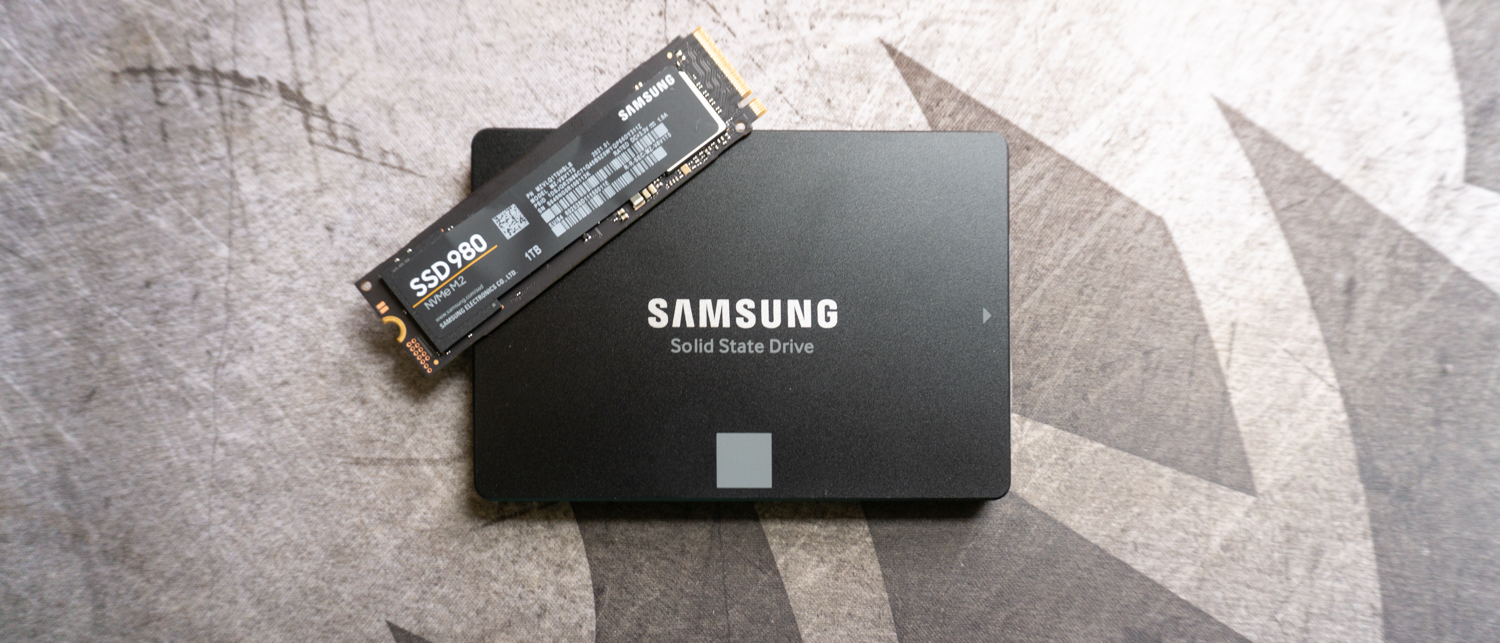TechRadar Verdict
The Samsung 870 Evo is a fantastic SATA SSD, but it’s competing for a place on a computer budget that can be much better filled by PCIe SSDs that prove better in almost every way without even bumping up the price.
Pros
- +
The fastest yet
- +
Write endurance
- +
A size for everyone
Cons
- -
Samsung 980 exists
- -
Puzzling price
Why you can trust TechRadar
Two-minute review
This is the system we used to test the 2TB Samsung 870 Evo
CPU: AMD Ryzen 5 3600X
CPU Cooler: AMD Wraith Spire
RAM: 32GB T-Force Vulcan Z CL18 @3,600MHz
Motherboard: MSI B550 Pro VDH Wi-Fi
Graphics card: Gigabyte RTX 3070 Vision OC
OS SSD: Samsung 980 Pro @ 500GB
Power Supply: Thermaltake Toughpower GF1 750W
Case: ThermalTake Core V21
The Samsung 870 Evo took its time coming to market. Even as Samsung followed up its successful 860 Evo with the affordable QLC-NAND-based 870 QVO, the 870 Evo was nowhere to be seen. And, now that it’s here, it’s starting to feel like there’s a bit less reason for it to exist.
At a starting price of $129 (£119, AU$201) for the 1TB model, this SATA SSD costs as much as its recent M.2 NVMe compatriot, the Samsung 980 SSD. Perhaps that’s why everywhere we look, we see it discounted. And though there are a lot more unoccupied SATA slots to fill than there are empty M.2 slots, it’s not a great position for a much slower technology to go head to head on price with its superiors. It even stays close in price to the Samsung 980 at its other capacities, which range down to 250GB, though it also comes in 2TB and 4TB capacities that Samsung 980 is not yet offering.
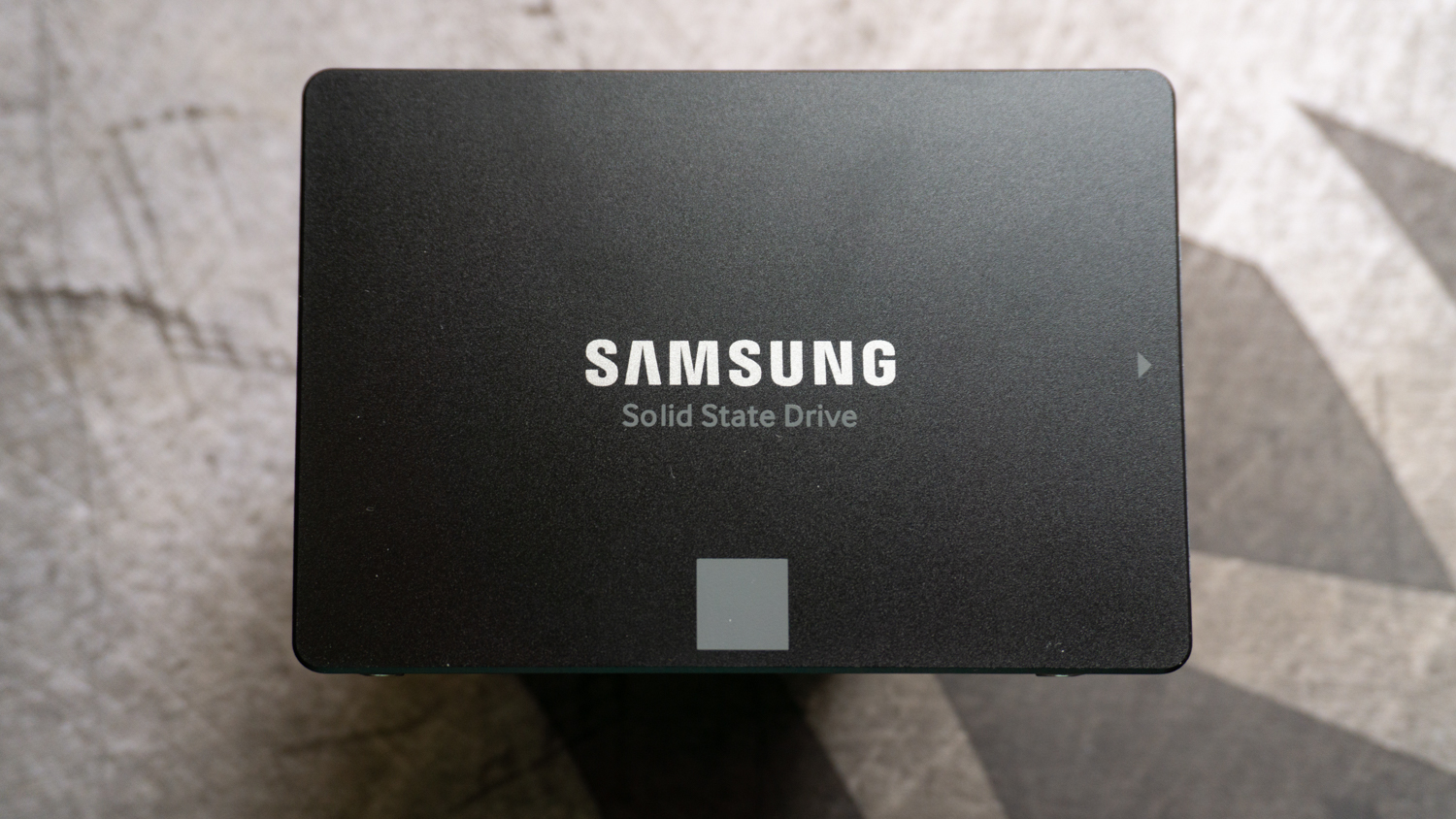
Here’s how the Samsung 870 Evo performed in our suite of benchmark tests:
CrystalDiskMark Sequential: 564.07MB/s (read); 535.34MB/s (write)
CrystalDiskMark Random Q32: 403.95MB/s (read); 377.33MB/s (write)
10GB file transfer: 15.68 seconds
10GB folder transfer: 14.985 seconds
PCMark10 SSD: 1,269.5 points
There is some newness in store at least, as the Samsung 870 Evo features Samsung new 128-layer V-NAND TLC memory and a new controller. In every benchmark we run on the 2TB model, it does step out ahead of the older 860 Evo, at least. It even pushes the Team T-Force Delta Max aside with a lead in all of our benchmarks and close price competition.
We see the most noticeable improvement over the 870 Evo’s predecessor in its 10GB folder transfer test, where it trims more than 10 seconds off the transfer time. Curiously, the drive's performance in our benchmarks is almost identical to those of the 870 QVO. Though it’s worth noting that the 870 Evo has a far greater write endurance (600 total drive writes) than the QVO model, which can only handle 360 total drive writes.
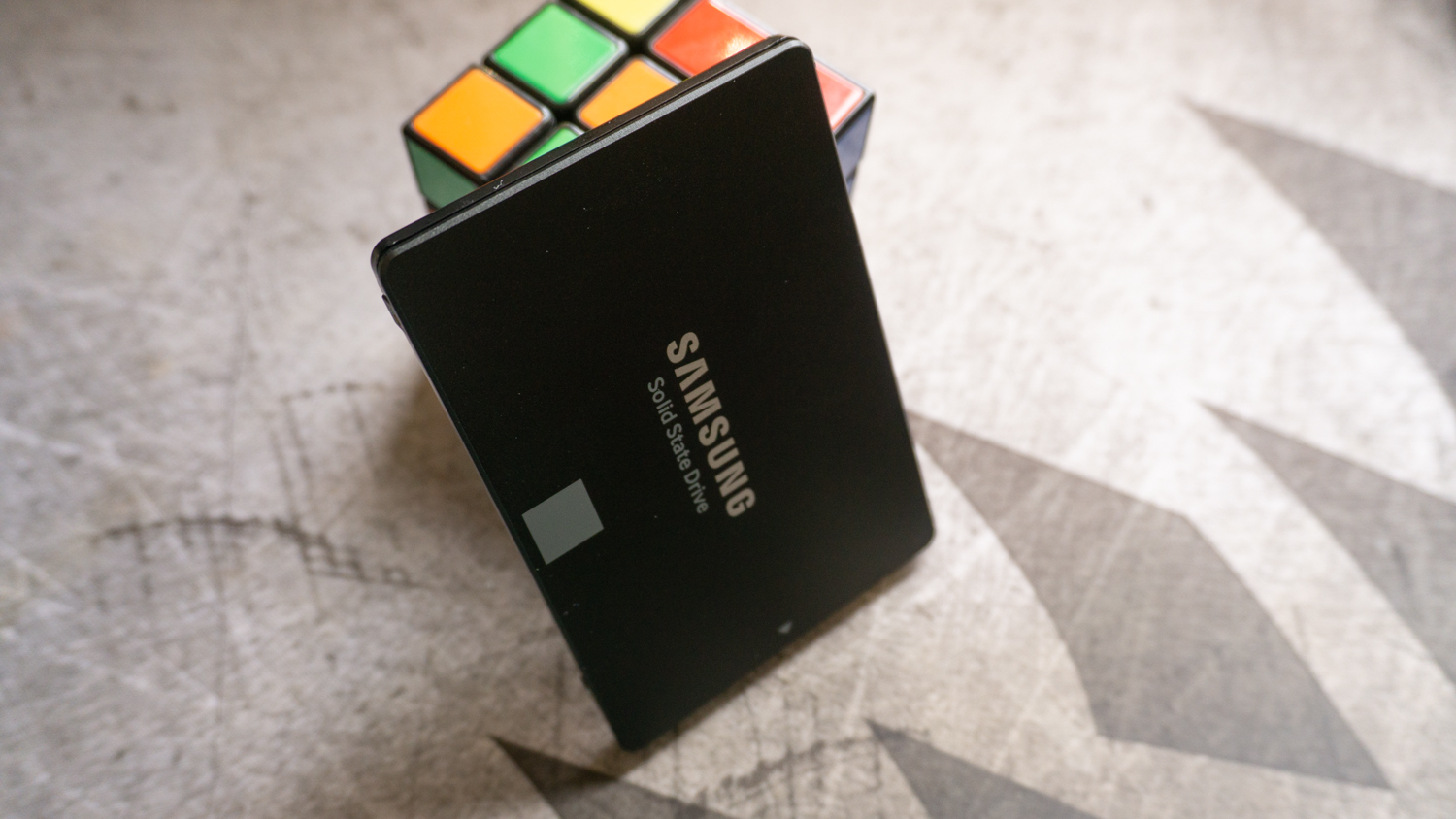

But every little bit of lead the Samsung 870 Evo musters only brings it closer to the limitations of SATA. Even in Samsung’s own stack of products, the Samsung 980 obliterates the 870 Evo with more than five times the speed in our synthetic benchmarks and file transfers that are three-times shorter. It’s even doing that without DRAM, something the 870 Evo actually includes.
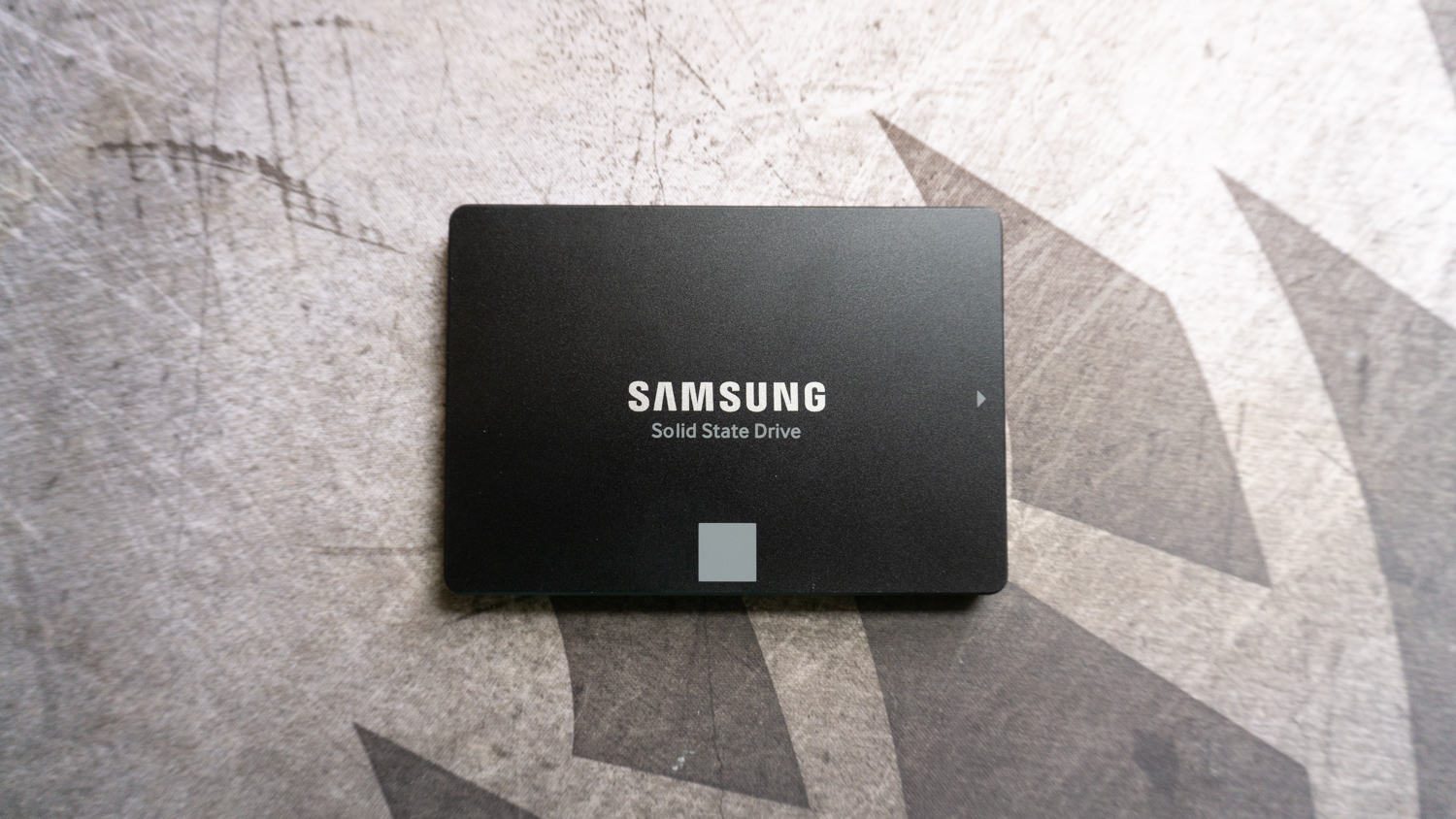
Worse still, the Samsung 980 isn’t even the drive we’d recommend, because just as the 870 Evo held back by its SATA interface so too is the Samsung 980 held back by its PCIe 3.0 bandwidth.
The SSD market is getting faster and faster, and some of the prices you can find a PCIe 4.0 SSD for are almost shocking, like the Silicon Power US70 and PNY XLR8. All of this is to say that the SATA interface is starting to become something of a relic. If you’ve filled up all the M.2 slots in your computer, the Samsung 870 Evo won’t be a bad choice for some extra SATA-based storage. But, if you’re not limited to SATA, there’s little reason to go for the Samsung 870 Evo. Heck, you can even use USB 3.2 Gen 2 enclosures to get better speeds.
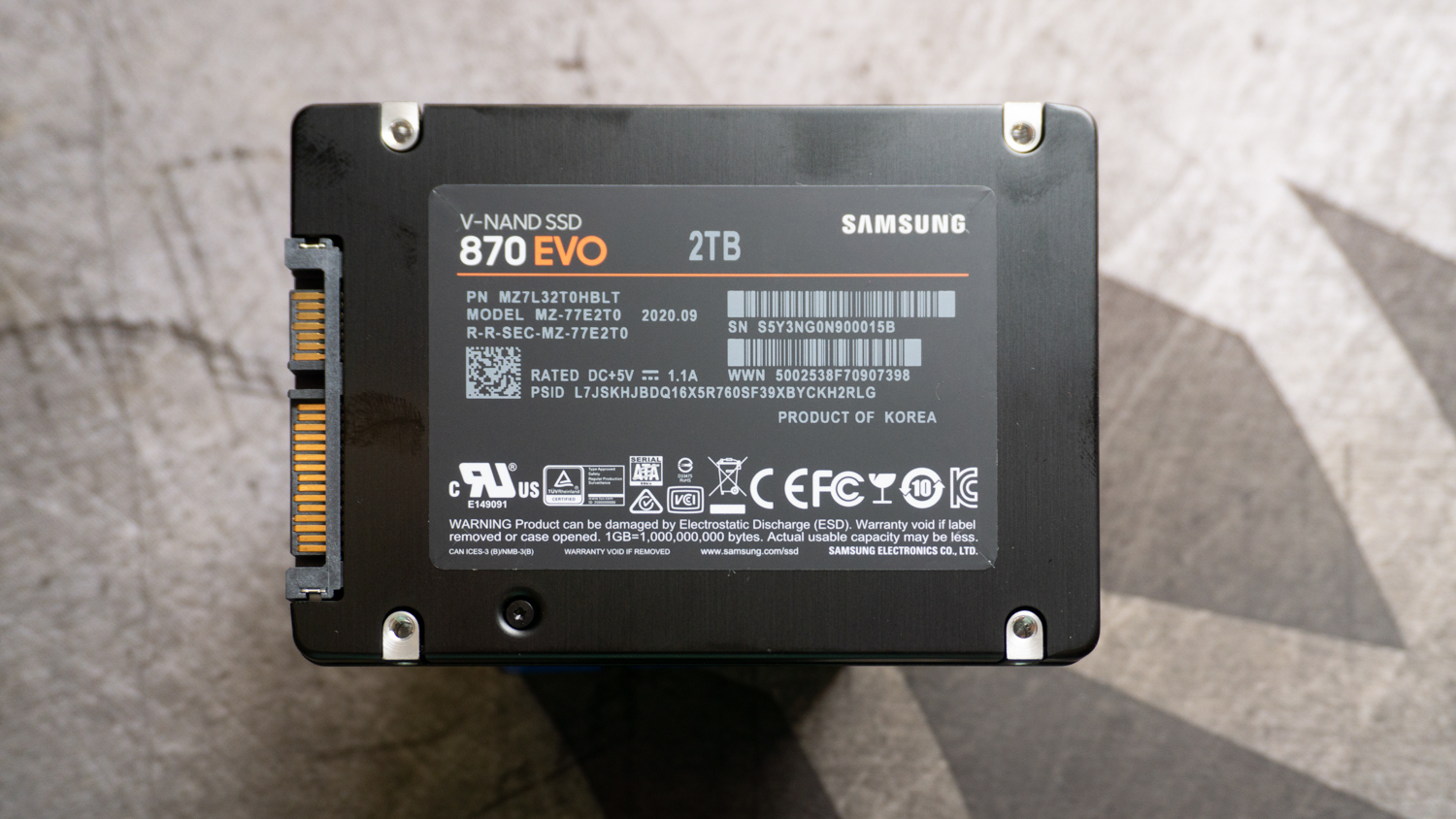
Buy it if…
You want the best SATA drive
The Samsung 870 Evo may be limited in speed because of its interface, but it’s still leading the pack for SATA performance and it comes at a competitive price for the market.
You want a safe drive
Samsung is making sure your data is safe in two ways. For one, this drive has a considerable endurance rating at 600 total drive writes. Then there’s the encryption Samsung supports.
You’re all full up on M.2 drives
You should go PCIe drives first if you can, but once you’ve run out of room for those, the Samsung 870 Evo can make a strong supplement for your systems storage.
Don’t buy it if…
You’re picking your boot drive
If you’re building a new computer, it’s a safe bet there’s an empty M.2 slot on your motherboard somewhere, and you can get as much storage and better speeds by going with a different drive.
You hear someone tell you to
Samsung has led the pack for a while now, so to many, whichever drive is newest may seem like the default option. But even Samsung’s best drives have some fierce competition right now, and the 870 Evo isn’t even the best.
You need storage for big files
Even if you can’t use a PCIe SSD inside your computer, you can actually install one into a USB 3.1 Gen2 (or higher) enclosure and get sequential speeds that exceed the capabilities of SATA III.
Over the last several years, Mark has been tasked as a writer, an editor, and a manager, interacting with published content from all angles. He is intimately familiar with the editorial process from the inception of an article idea, through the iterative process, past publishing, and down the road into performance analysis.
